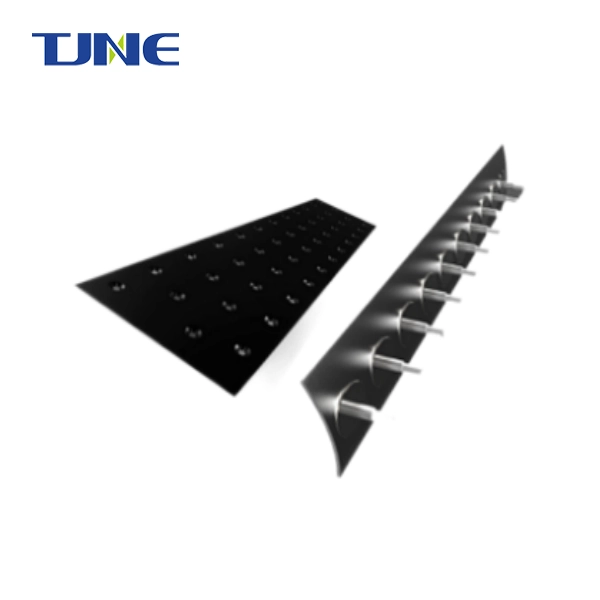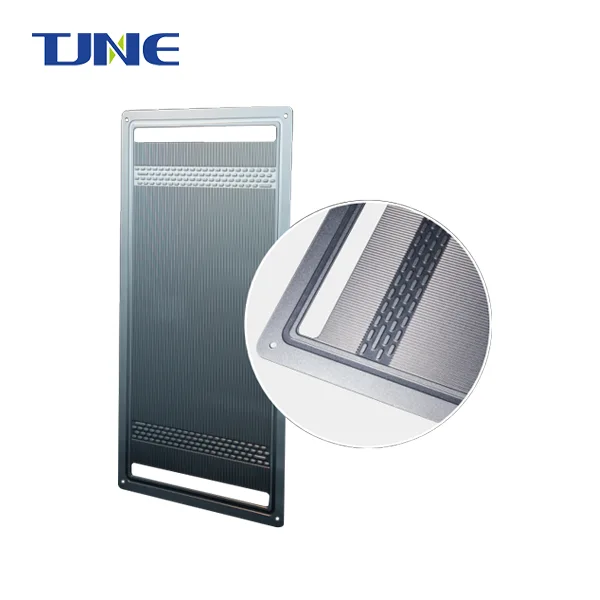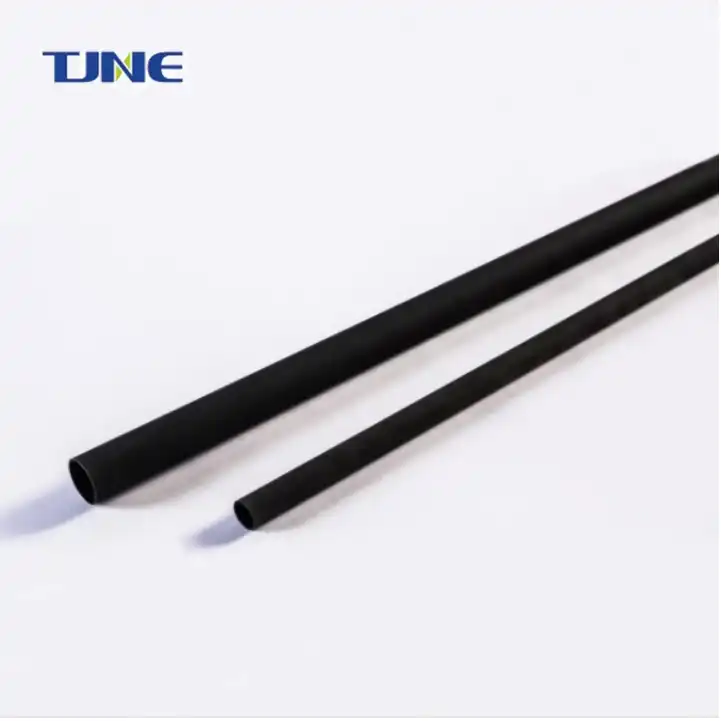- English
- French
- German
- Portuguese
- Spanish
- Russian
- Japanese
- Korean
- Arabic
- Greek
- German
- Turkish
- Italian
- Danish
- Romanian
- Indonesian
- Czech
- Afrikaans
- Swedish
- Polish
- Basque
- Catalan
- Esperanto
- Hindi
- Lao
- Albanian
- Amharic
- Armenian
- Azerbaijani
- Belarusian
- Bengali
- Bosnian
- Bulgarian
- Cebuano
- Chichewa
- Corsican
- Croatian
- Dutch
- Estonian
- Filipino
- Finnish
- Frisian
- Galician
- Georgian
- Gujarati
- Haitian
- Hausa
- Hawaiian
- Hebrew
- Hmong
- Hungarian
- Icelandic
- Igbo
- Javanese
- Kannada
- Kazakh
- Khmer
- Kurdish
- Kyrgyz
- Latin
- Latvian
- Lithuanian
- Luxembou..
- Macedonian
- Malagasy
- Malay
- Malayalam
- Maltese
- Maori
- Marathi
- Mongolian
- Burmese
- Nepali
- Norwegian
- Pashto
- Persian
- Punjabi
- Serbian
- Sesotho
- Sinhala
- Slovak
- Slovenian
- Somali
- Samoan
- Scots Gaelic
- Shona
- Sindhi
- Sundanese
- Swahili
- Tajik
- Tamil
- Telugu
- Thai
- Ukrainian
- Urdu
- Uzbek
- Vietnamese
- Welsh
- Xhosa
- Yiddish
- Yoruba
- Zulu
Mixed Metal Oxide (MMO) anodes have revolutionized the field of cathodic protection and electrochemical processes due to their remarkable durability and low consumption rate. These anodes, particularly MMO Tubular Titanium Anodes, have gained significant popularity in various industries, including offshore structures, pipelines, and water treatment facilities. The consumption rate of MMO anodes is a critical factor in determining their efficiency and cost-effectiveness in long-term applications. In this blog post, we'll explore the consumption rate of MMO anodes and delve into related aspects that make them a preferred choice for many engineers and industry professionals.
What factors affect the lifespan of MMO Tubular Titanium Anodes?
The lifespan of MMO Tubular Titanium Anodes is influenced by several factors, each playing a crucial role in determining how long these anodes can effectively perform their intended function. Understanding these factors is essential for optimizing the use of MMO anodes in various applications and ensuring their longevity.
1. Current Density: One of the primary factors affecting the lifespan of MMO Tubular Titanium Anodes is the applied current density. Higher current densities generally lead to faster consumption rates, while lower current densities can extend the anode's lifespan. It's crucial to design cathodic protection systems with appropriate current densities to balance protection effectiveness and anode longevity.
2. Environmental Conditions: The environment in which the anode operates significantly impacts its lifespan. Factors such as temperature, pH, salinity, and the presence of aggressive ions can all affect the consumption rate. For instance, higher temperatures typically accelerate chemical reactions, potentially increasing the anode's consumption rate. Similarly, extreme pH levels or the presence of certain chemicals can lead to faster degradation of the anode material.
3. Anode Composition: The specific composition of the MMO coating plays a vital role in determining the anode's lifespan. Different metal oxide combinations can result in varying levels of durability and resistance to consumption. Manufacturers continually research and develop improved MMO coatings to enhance the anodes' longevity and performance.
4. Quality of Manufacturing: The manufacturing process and quality control measures employed during production significantly influence the lifespan of MMO Tubular Titanium Anodes. Proper adherence of the MMO coating to the titanium substrate, uniform coating thickness, and absence of defects are crucial for ensuring optimal performance and longevity.
5. System Design: The overall design of the cathodic protection system, including anode placement, spacing, and distribution of current, affects the lifespan of individual anodes. A well-designed system ensures even current distribution, preventing localized high current densities that could lead to accelerated consumption of certain anodes.
By carefully considering and managing these factors, engineers and operators can significantly extend the lifespan of MMO Tubular Titanium Anodes, ensuring optimal performance and cost-effectiveness in cathodic protection systems. The interplay of these factors underscores the importance of a holistic approach to anode selection, system design, and ongoing maintenance in maximizing the benefits of MMO anode technology.

How do MMO Tubular Titanium Anodes compare to other anode materials?
MMO Tubular Titanium Anodes have gained significant traction in the field of cathodic protection and electrochemical processes, often outperforming traditional anode materials in various applications. To understand their advantages, it's essential to compare them with other common anode materials used in the industry.
1. Comparison with Graphite Anodes:
Graphite anodes have been widely used in cathodic protection systems for many years due to their relatively low cost and reasonable performance. However, MMO Tubular Titanium Anodes offer several advantages over graphite:
- Consumption Rate: MMO anodes have a significantly lower consumption rate compared to graphite. While graphite anodes typically consume at a rate of 0.1 to 1 kg/A-year, MMO anodes can have consumption rates as low as 0.0001 kg/A-year. This dramatic difference translates to much longer anode lifespans and reduced replacement frequency.
- Current Output: MMO anodes can operate at much higher current densities than graphite anodes without suffering accelerated degradation. This allows for more efficient and compact cathodic protection system designs.
- Mechanical Strength: Titanium-based MMO anodes are much more robust than graphite anodes, which are brittle and prone to breakage during installation or operation, especially in high-flow or turbulent environments.
2. Comparison with High Silicon Cast Iron (HSCI) Anodes:
HSCI anodes are another common choice for impressed current cathodic protection systems. Here's how MMO Tubular Titanium Anodes compare:
- Weight and Handling: MMO anodes are significantly lighter than HSCI anodes, making them easier to transport, handle, and install, especially in offshore or remote locations.
- Consumption Rate: While HSCI anodes have a lower consumption rate than graphite (typically 0.1 to 0.25 kg/A-year), they still fall short of the extremely low consumption rates offered by MMO anodes.
- Versatility: MMO anodes can be used in a wider range of environments, including those with extreme pH levels or high temperatures, where HSCI anodes might suffer from accelerated corrosion.
3. Comparison with Platinum-Clad Anodes:
Platinum-clad anodes are known for their excellent performance but come with significant drawbacks:
- Cost: MMO anodes are considerably more cost-effective than platinum-clad anodes, which are among the most expensive anode materials due to the high cost of platinum.
- Availability: MMO anodes are more readily available and can be manufactured in larger quantities, making them suitable for large-scale projects where platinum-clad anodes might be impractical.
- Performance in Chloride Environments: While platinum-clad anodes can suffer from accelerated consumption in chloride-rich environments, MMO anodes maintain their low consumption rates, making them superior for marine and offshore applications.
4. Environmental Considerations:
MMO Tubular Titanium Anodes also offer environmental advantages over some traditional anode materials:
- Reduced Material Consumption: The extremely low consumption rate of MMO anodes means less material is released into the environment over time compared to other anode types.
- Non-Toxic Components: Unlike some anode materials that may release harmful substances as they consume, the components of MMO anodes are generally considered environmentally benign.
- Energy Efficiency: The ability of MMO anodes to operate efficiently at high current densities can lead to more energy-efficient cathodic protection systems, potentially reducing the overall environmental impact of operations.
5. Long-Term Cost Benefits:
While the initial cost of MMO Tubular Titanium Anodes may be higher than some traditional materials, their long-term benefits often result in significant cost savings:
- Reduced Replacement Frequency: The exceptionally low consumption rate means fewer replacements over the life of a cathodic protection system, reducing long-term material and labor costs.
- Lower Maintenance Requirements: MMO anodes generally require less frequent monitoring and adjustment compared to systems using more rapidly consuming anode materials.
- System Longevity: The durability of MMO anodes can extend the overall lifespan of cathodic protection systems, delaying the need for complete system overhauls.
In conclusion, MMO Tubular Titanium Anodes offer a compelling combination of low consumption rates, high performance, and long-term cost-effectiveness that often surpasses traditional anode materials. While the choice of anode material should always be based on specific project requirements and environmental conditions, the advantages of MMO anodes make them an increasingly popular choice across a wide range of applications in cathodic protection and electrochemical industries.
What are the cost implications of using MMO Tubular Titanium Anodes in cathodic protection systems?
The decision to use MMO Tubular Titanium Anodes in cathodic protection systems involves careful consideration of both short-term and long-term cost implications. While these anodes may have a higher initial cost compared to some traditional materials, their unique properties often lead to significant cost savings over the lifetime of the protection system. Let's explore the various cost aspects associated with implementing MMO Tubular Titanium Anodes:
1. Initial Investment:
The upfront cost of MMO Tubular Titanium Anodes is generally higher than that of traditional anode materials such as graphite or high silicon cast iron. This higher initial investment is primarily due to:
- Material Costs: The titanium substrate and the specialized mixed metal oxide coating contribute to a higher material cost.
- Manufacturing Process: The advanced techniques required to produce high-quality MMO anodes add to the production costs.
- Quality Control: Stringent quality control measures to ensure coating uniformity and adherence also factor into the initial cost.
However, it's crucial to view this higher initial investment in the context of the total cost of ownership over the system's lifetime.
2. Installation Costs:
MMO Tubular Titanium Anodes can offer some advantages in terms of installation costs:

- Lightweight Design: The lightweight nature of these anodes compared to heavier alternatives like HSCI can reduce transportation and handling costs, especially for offshore or remote installations.
- Ease of Installation: Their durability and resistance to damage during installation can minimize the need for replacements due to handling errors, potentially reducing overall installation costs.
- Compact System Design: The high current output capacity of MMO anodes often allows for more compact system designs, potentially reducing overall installation complexity and associated costs.
3. Operational Costs:
The operational phase is where MMO Tubular Titanium Anodes often demonstrate their cost-effectiveness:
- Energy Efficiency: MMO anodes typically operate at lower voltages compared to some traditional materials, potentially reducing power consumption and associated energy costs over time.
- Stable Performance: The consistent performance of MMO anodes helps maintain optimal protection levels, potentially reducing the need for frequent system adjustments and associated labor costs.
4. Maintenance and Replacement Costs:
This is an area where MMO Tubular Titanium Anodes can offer significant long-term savings:
- Extended Lifespan: The extremely low consumption rate of MMO anodes (as low as 0.0001 kg/A-year) means they can last much longer than traditional anodes, significantly reducing the frequency of replacements.
- Reduced Inspection Needs: The reliability and predictable performance of MMO anodes can reduce the frequency of required inspections, lowering ongoing maintenance costs.
- Minimized System Downtime: Less frequent replacements mean reduced system downtime, which can be particularly valuable in critical infrastructure or industrial applications where downtime is costly.
5. Life Cycle Cost Analysis:
When considering the total cost of ownership, MMO Tubular Titanium Anodes often prove to be more economical over the long term:
- Extended System Lifespan: The longevity of MMO anodes can extend the overall lifespan of the cathodic protection system, delaying the need for complete system overhauls.
- Reduced Material Consumption: The low consumption rate means less anode material is needed over the life of the system, potentially offsetting the higher initial material costs.
- Predictable Performance: The consistent and predictable performance of MMO anodes allows for more accurate long-term budgeting and resource allocation.
In conclusion, while the initial investment in MMO Tubular Titanium Anodes may be higher, the long-term cost implications are often favorable. The combination of extended lifespan, reduced maintenance needs, and consistent performance typically results in lower total cost of ownership over the life of the cathodic protection system. As with any engineering decision, a thorough cost-benefit analysis should be conducted for each specific application, taking into account factors such as the expected system lifespan, environmental conditions, and operational requirements. In many cases, particularly for long-term or critical applications, the cost implications of using MMO Tubular Titanium Anodes prove to be highly advantageous, making them an increasingly popular choice in the field of cathodic protection.
If you are interested in the products of Xi'an Taijin New Energy & Materials Sci-Tech Co., Ltd., please contact yangbo@tjanode.com.
References
1. NACE International. (2021). Cathodic Protection - Anodes.
2. Baeckmann, W. V., Schwenk, W., & Prinz, W. (1997). Handbook of cathodic corrosion protection. Gulf Professional Publishing.
3. Rosehill Polymers Group. (2022). MMO Anodes - Mixed Metal Oxide Anodes.
4. DNV GL. (2020). Recommended Practice DNVGL-RP-B401: Cathodic Protection Design.
5. Bushman, J. B. (2012). Corrosion and cathodic protection theory. Bushman & Associates, Inc.
6. Fuji Metallic. (2023). MMO (Mixed Metal Oxide) Coated Titanium Anode.
7. MATCOR. (2022). MMO Anodes for Cathodic Protection.
8. Revie, R. W., & Uhlig, H. H. (2008). Corrosion and corrosion control: an introduction to corrosion science and engineering. John Wiley & Sons.
9. CorrTech, Inc. (2023). MMO Anodes.
10. Totten, G. E., Funatani, K., & Xie, L. (2004). Handbook of metallurgical process design. CRC press.
Related Industry Knowledge
- Why MMO Titanium Probe Anodes Are Essential for Advanced Corrosion Protection?
- Why Are MMO Wire Anodes a Game-Changer in Corrosion Protection?
- Why Are MMO/Ti Flexible Anodes the Future of Corrosion Protection?
- What Makes MMO Tubular Titanium Anodes a Revolutionary Choice for Electrochemical Applications?
- Electrochemical Evolution: The Advanced Applications of MMO Belts
- The Protective Power of MMO Ribbon Anodes: A Deep Dive into Cathodic Protection
- Which Industries Utilize MMO Anode Plates for Corrosion Protection and Cathodic Protection?
- What Is an MMO Anode Plate and How Does It Function in Electrochemical Processes?












